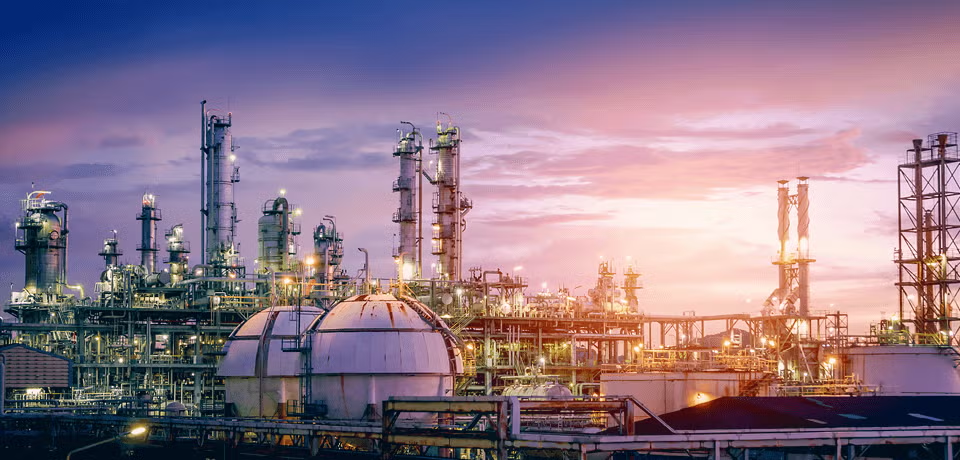Countless industries rely on the judicious use of specialized materials to preserve the integrity of industrial processes and ensure worker safety.
Manufacturing Inputs
Polymer or latex dispersions, emulsions, and slurries are used to manufacture many products, including adhesives, paints, coatings, non‐woven fabrics, paper, printing inks, and construction materials. Slurries, which are mineral dispersions, are growing in popularity for coatings, paper, and construction because they are easier to transport than dry pigments and can be significantly more economical for manufacturers. However, they offer significant growth media for microbial contaminants.
Environmental standards have pushed many manufacturers to limit their use of “volatile organic compounds” (VOCs), organic solvents used in many of these materials. VOCs have been replaced by water-based solutions, which help reduce pollution, but increase the need to control microbial contaminants. These products have become more prone to contamination from bacteria, yeasts and fungi.
Many manufacturing inputs are stored in large tanks that are continually topped off and rarely allowed to empty. They are usually bottom‐filled, causing the top portions to become stagnant and contaminated. Materials are then transferred to tanker trucks or railcars for shipment to a manufacturer, and may remain stored for several months—this provides a significant opportunity for microbial growth. Antimicrobials, thus, are essential to ensuring the integrity of the product.
Industrial Water Treatment
Microbiological treatment and management is crucial in all water systems, in particular for industrial water treatment. The primary problems arising in water systems are fouling and biofouling. Fouling generally is the presence of unwanted surface‐attached materials on submerged materials. Biofouling, in simplest terms, is the attachment of any organism to submerged surfaces or the presence of biological material in the suspended phase. Controlling fouling and biofouling are essential to the operation and integrity of the water systems.
The control of fouling and biofouling is also essential to reducing costs. Industrial water consumption is a significant factor in production costs, and has become an important consideration as part of ongoing efforts to conserve limited water resources. For example, throughout the chemical industry, more than 80 percent of water used for cooling and steam generation is recycled. Therefore, in‐plant water recycling and wastewater treatment systems are significant parts of the industrial processes for many facilities. As the use of recycled water increases, there is an even greater need for the use of biocides to control water quality and prevent corrosion, scale deposits and biofouling.
Oil and Gas Recovery
The oil and gas industry extracts oil and gas from deep underground and offshore. The oil and gas is then transported to refineries and chemical plants for further processing. Antimicrobials are used throughout these processes.
Petroleum recovered in this manner, as well as petroleum containing naturally occurring water, must be treated to separate the oil from water. Microorganism growth can cause severe problems at any point in the water‐handling systems, including generation of hydrogen sulfide or oil‐entrapping solids, and severe corrosion of equipment. Therefore, biocides are also added directly to the producing wells to minimize microbial growth, thereby protecting equipment and maintaining the integrity of oil‐producing formations. Biocides also are added to drilling mud, workover, and completion fluids used in drilling production wells; water floods where water “pushes” oil to an extraction well; treatments of oil and gas field process waters; and oil and gas pipeline and tank maintenance products.
The reason—conditions in oilfields are conducive to bacterial growth. Bacterial contamination can lead to increasingly frequent equipment failure from corrosion, increasing hydrogen sulfide concentrations, reservoir souring, declines in production and transmission, metal sulfide scales with subsequent failure of downhole equipment, filter plugging, loss of injectivity and inefficient heat exchange. Costs would grow exponentially if biocides were not routinely employed to prevent contamination.
